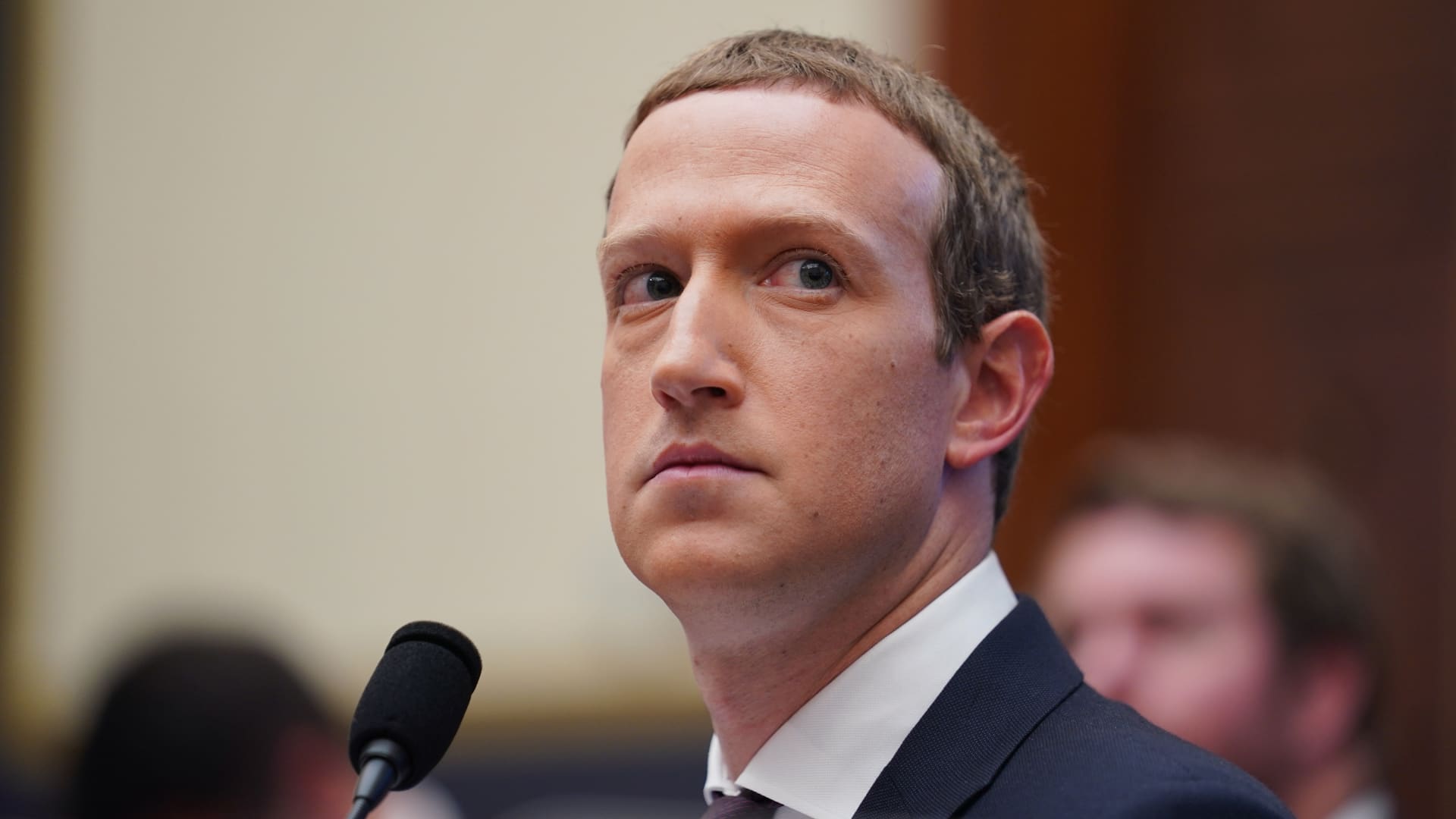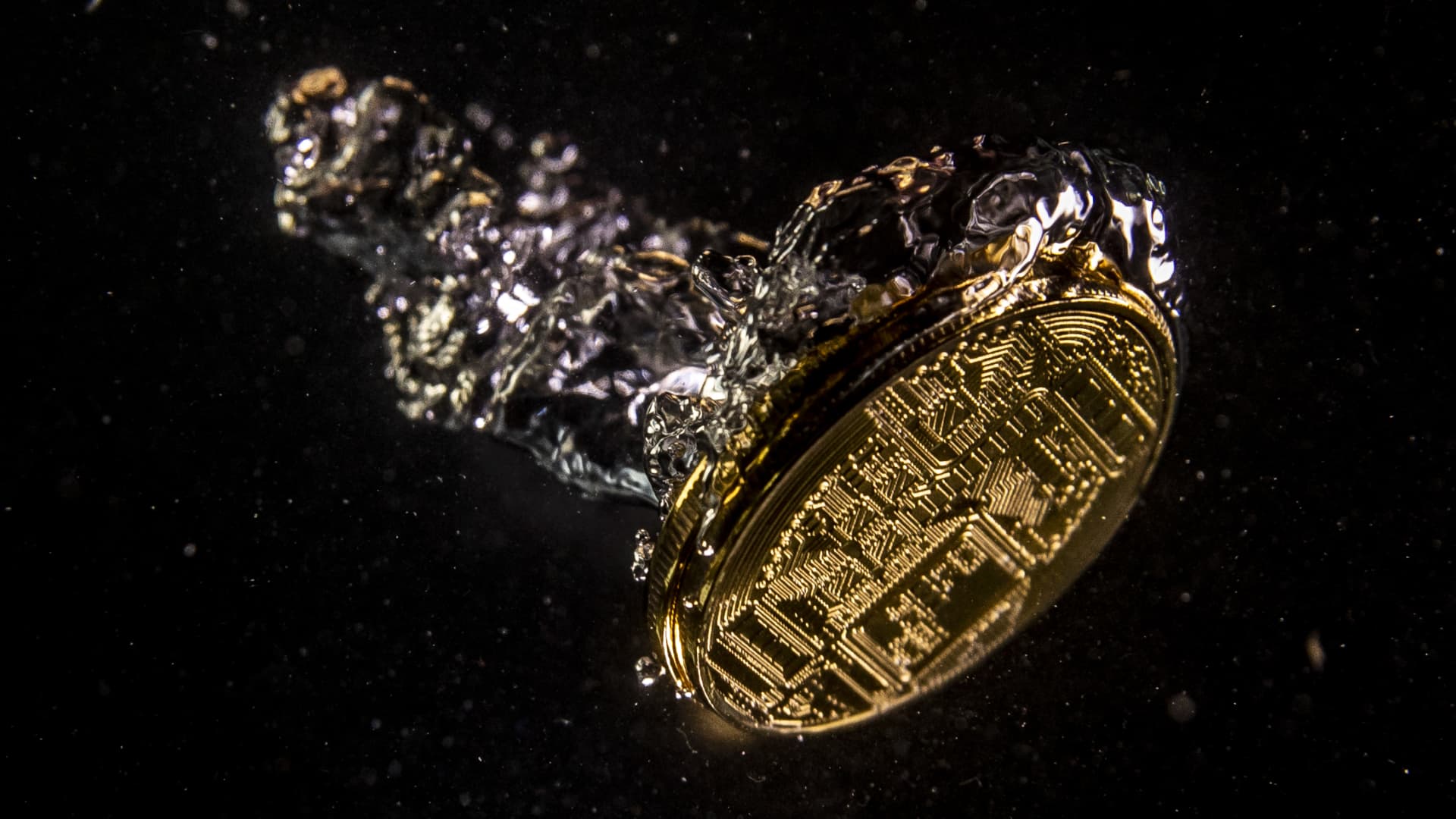Three hours to guilty: How the government nailed Sam Bankman-Fried


In Sam Bankman-Fried’s fraud trial, prosecutors won quickly by keeping it simple.
Jurors needed only about three hours of deliberations to find the FTX founder guilty of seven criminal counts, which could amount to a life sentence. For a high-profile monthlong trial that involved nearly 20 witnesses and hundreds of exhibits, experts told CNBC they’d never seen such a speedy decision.
“The jury came back in next to no time on seven counts of fraud and conspiracy, a charge that is notoriously difficult to prove beyond a reasonable doubt in typical cases, especially for complex financial wrongdoing,” said Yesha Yadav, professor of law and associate dean at Vanderbilt University.
Working in the government’s favor was a basic fact that’s accepted by just about everyone: stealing money is wrong.
Both the prosecution and defense agreed that $10 billion in customer money that was sitting in FTX’s crypto exchange went missing, with some of it going toward payments for real estate, recalled loans, venture investments, and political donations. They also agreed that Bankman-Fried was calling the shots.
The key question for jurors was one of intent. Did Bankman-Fried knowingly commit fraud in directing those payouts with FTX customer cash, or did he simply make some mistakes along the way?
Nicolas Roos and Danielle Sassoon, the two assistant U.S. attorneys who led the prosecution’s case through the trial, continuously reminded investors that billions of dollars went missing at the expense of ordinary investors. Crypto may be complicated because it’s unregulated and has been difficult to categorize as a currency, commodity or something else. But Roos and Sassoon emphasized how little any of that mattered to the case at hand.
The prosecution called as its first witness a London-based cocoa bean trader who lost $100,000 on FTX. The investor, Marc-Antoine Julliard, turned to the platform in 2021 to diversify his holdings because he said the company gave the impression that it was trustworthy.
“The key at trial, aside from the multiple cooperators, was the way in which prosecutors simplified the case and tried it as a garden-variety fraud instead of as a complex crypto scheme,” Renato Mariotti, a former prosecutor in the U.S. Justice Department’s Securities and Commodities Fraud Section, told CNBC.
Mariotti, who’s now a trial partner in Chicago with Bryan Cave Leighton Paisner, said, “The simpler story is usually the winner at a jury trial.”
Damian Williams, U.S. attorney for the Southern District of New York, underscored that point in a press briefing after the verdicts were read on Thursday evening.
“While the cryptocurrency industry might be new and the players like Sam Bankman-Fried might be new, this kind of corruption is as old as time,” Williams said. “This case has always been about lying, cheating, and stealing, and we have no patience for it.”
Prosecutors had a lot going for them.
Bankman-Fried, the 31-year-old son of two Stanford legal scholars, had shirked legal advice well after FTX and sister hedge fund Alameda Research spiraled into bankruptcy in late 2022. He remained prolific and unfiltered in dealing with the press, even speaking publicly by video to journalist Andrew Ross Sorkin at the New York Times DealBook Summit, which took place three weeks after his crypto empire collapsed.
“What do your lawyers tell you right now?” Sorkin asked. “Are they suggesting this is a good idea for you to be speaking?
“No, they are very much not,” Bankman-Fried responded. “The classic advice — don’t say anything, recede into a hole. And that’s not who I am. It’s not who I want to be.”
That interview, along with others, came back to haunt him. Audio and video clips and news excerpts, from before, during and after FTX’s failure, gave the prosecution a mountain of evidence on top of the damning witness testimony it was able to present.
‘Impossible position’
In September of 2022, when the crisis had become evident internally, Bankman-Fried told CNBC that he had $1 billion in free cash to deploy across the industry. The following month, at an event in Washington, D.C., he boasted of FTX’s role in helping to prop up the industry through a cascade of failures.
In presenting those statements to the jury, the prosecution made clear that Bankman-Fried knew he was lying.
“SBF lost this case before it started,” Mariotti said. “He put his lawyers in an impossible position by committing outlandish crimes and refusing to keep his mouth shut even after it was apparent that he was under investigation.”
Sassoon ended by telling the jurors that Bankman-Fried thought he could fool customers, reporters and the public. Now, he was aiming to fool them.
“Don’t fall for it,” she said. “Find him guilty.”
Paul Tuchmann, a former federal prosecutor who is currently a partner with Wiggin and Dana LLP, said a three-hour deliberation for a trial of this length is “not common at all.”
“It really goes to show the strength of the government’s case,” said Tuchmann.
While prosecutors brought up witnesses from Bankman-Fried’s inner circle who were cooperating as part of plea agreements, the defense’s case was mostly built on testimony from the defendant himself. Tuchmann described Bankman-Fried’s performance as “unpersuasive.”
Starring for the prosecution was Caroline Ellison, Bankman-Fried’s ex-girlfriend and the former head of Alameda. On the stand, Ellison, who pleaded guilty in December to multiple charges, said that she and Bankman-Fried committed “fraud, conspiracy to commit fraud and money laundering.”
Jurors also got to hear Ellison on tape describing to employees the huge hole in FTX’s balance sheet and the disappearance of customer money. And they saw text messages she sent to Bankman-Fried, including one as the grand scheme was falling apart, in which she wrote “this is the best mood I’ve been in in like a year” because the nightmare was all finally coming to an end.
“No one had a shred of support for SBF, nor should they have,” trial attorney James Koutoulas told CNBC.
Regarding the speedy deliberation, Koutoulas said, “That’s enough time for everybody to be like, I’m glad it’s over, let’s eat our cookies or our sandwiches, recap the facts, and everybody say, ‘OK, well he’s guilty, right?'”
In addition to Ellison, the government called to the stand FTX co-founder Gary Wang, who was Bankman-Fried’s childhood friend from math camp, FTX’s former director of engineering Nishad Singh, and Bankman-Fried’s former roommate and senior FTX coder Adam Yedidia. FTX’s ex-general counsel Can Sun also testified.
“The prosecution featured no fewer than four cooperating witnesses from the senior ranks of the companies, all of whom convincingly described the defendant as the leader of the fraudulent schemes,” said Kevin J. O’Brien, a former assistant U.S. attorney who specializes in white collar criminal defense in New York. “The prosecutors were confident, brisk and well-organized in their presentation, which juries in a complex, lengthy case always appreciate.”
The defense, led by Mark Cohen, tried to create reasonable doubt by pointing out flaws in testimony. But O’Brien said the defense failed to negate the important facts.
When Bankman-Fried took the stand over three separate days, he did himself no favors.
Bankman-Fried rushed through lengthy and convoluted sentences that at times were repetitive and contradictory. That’s when he was responding to his lawyer’s questions. On cross-examination, he clammed up, replying with “Yup,” and some variation of “I don’t recall” over 100 times.
Bankman-Fried’s decision to testify “backfired because of inconsistencies in his testimony and his general lack of appeal,” said O’Brien.
Mariotti credited the Justice Department for working “collaboratively and with urgency” with the Commodities Future Trading Commission and the Securities and Exchange Commission. That allowed the government to move swiftly while gathering highly compelling evidence.
“Sam Bankman-Fried will be remembered as one of the biggest fraudsters of our lifetimes,” Mariotti said. “He has finally met a situation that he can’t talk his way out of.”
This post has been syndicated from a third-party source. View the original article here.




